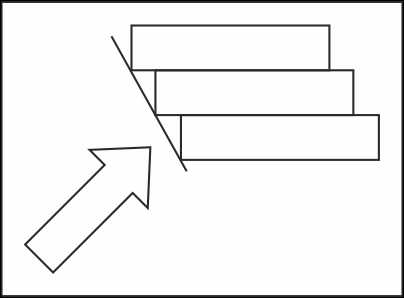MakerBot is considered the leader in consumer 3D printers; however, FDM/FFF technology still faces many limitations, including stepping, precision, time, and supports.
Physical steps between layers are caused by having to slice the model and use a 2D cross section to print each layer. Stepping on curved surfaces is the most noticeable feature, but this will also occur on any surface where, looking normal to the z-axis, we see an angular increase or decrease in the cross section. In general, lower precision will cause more prominent steps between layers, but can reduce print time, freeing up machines, and increasing throughput. Stepping can been seen in the following image:

Stepping
Precision is largely the difference between a 3D printer that costs thousands of dollars and a printer that costs hundreds of thousands of dollars. The Replicator 2X has the best precision of any previous printer made by MakerBot, but we need to keep in mind its limitations.
The first person/company to create a 3D printer that prints similarly to injection molding will become extraordinarily wealthy; currently, time is not our ally. It would take a couple of days to print a solid cube that fills the entire MakerBot build volume. Size, precision, and infill will all add time to a print. Fortunately, we have control over these print settings.
